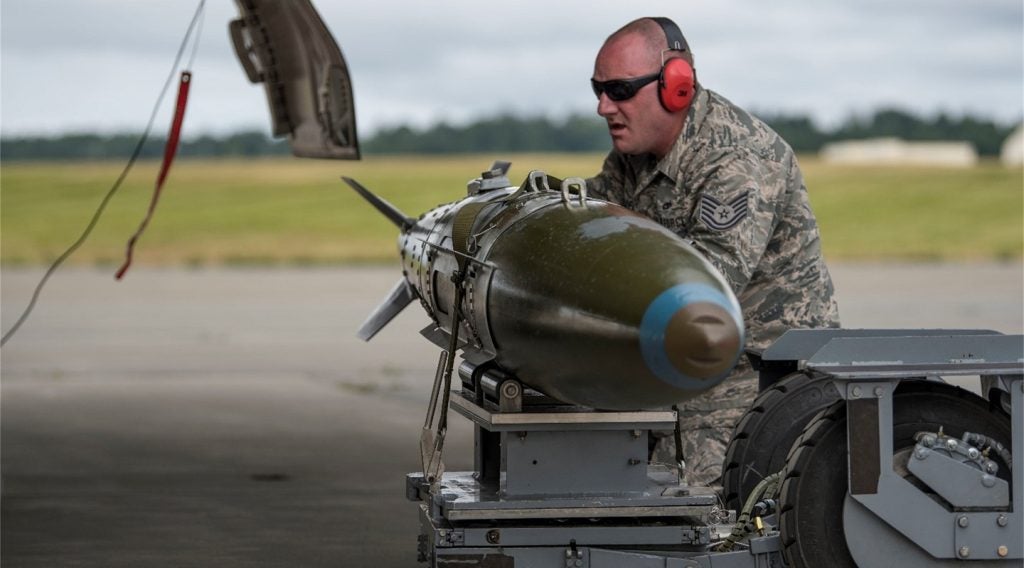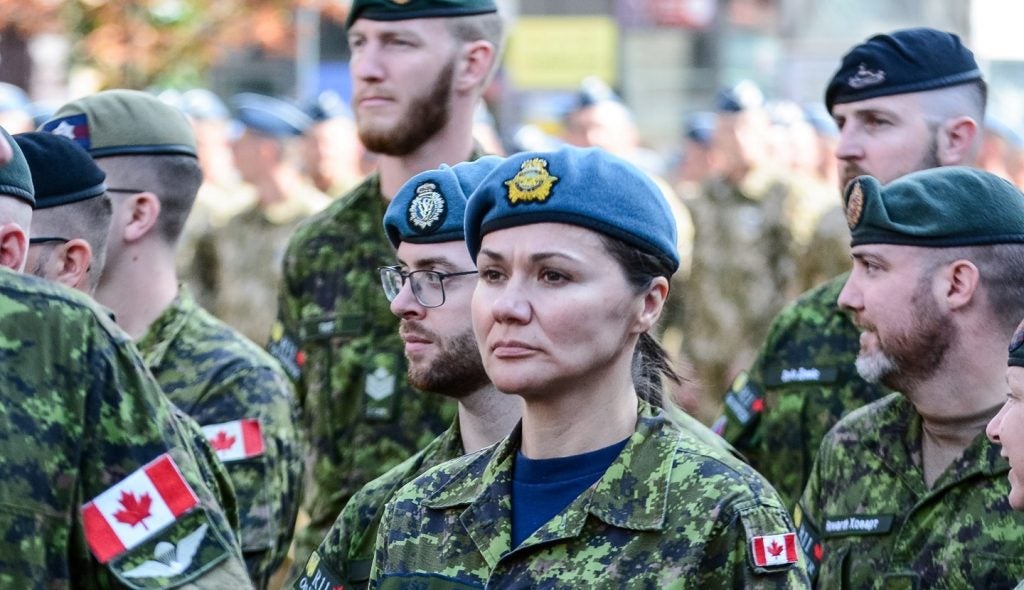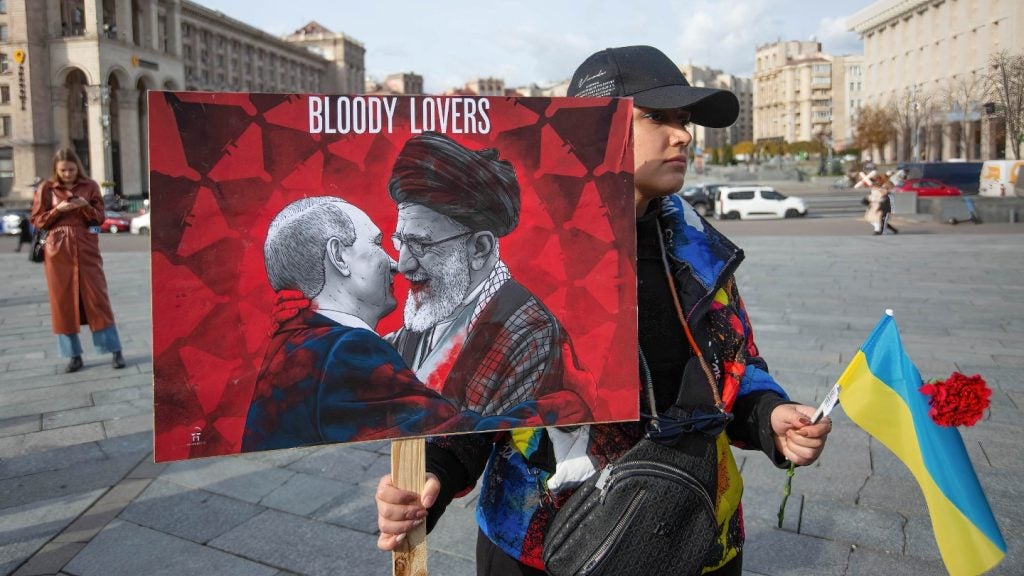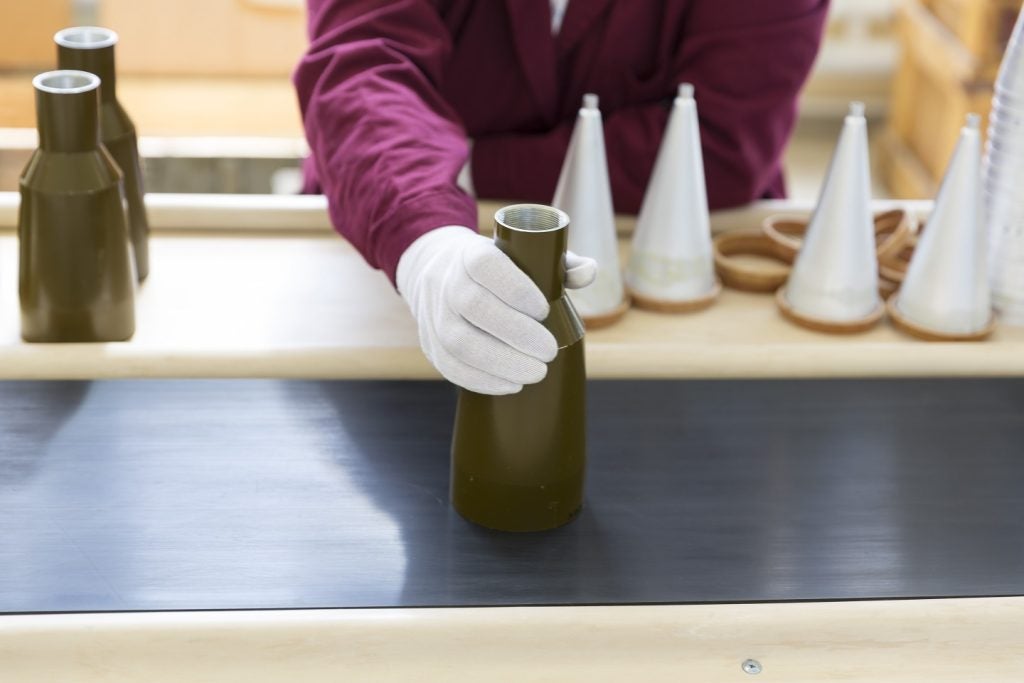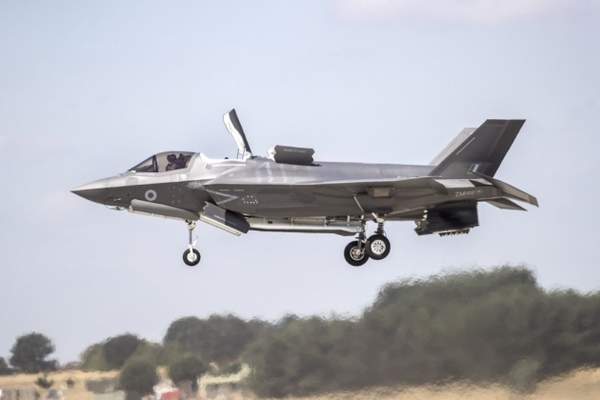
The first F-35 vertical landing was performed at Royal Air Force (RAF) base Marham on new vertical landing pads (VLPs) as the multi-role fighter jets made use of their short take-off vertical landing (STOVL) capability.
The UK Defence Infrastructure Organisation (DIO) is currently developing three VLPs through a joint venture between Galliford Try and Lagan Construction.
RAF Marham in Norfolk, East Anglia, UK, serves as the main operating base for the F-35 aircraft in the UK.
The F-35 vertical landing capability will provide operational flexibility, including landing on the Royal Navy’s new Queen Elizabeth-class aircraft carriers.
DIO VLP project manager lieutenant colonel Ian Jenkins said: “Vertical landing is a really exciting military capability and from an infrastructure perspective it’s been fascinating to be involved in the design and construction process.
“It was really exciting and rewarding to see an F-35 landing on the first VLP to be finished and I look forward to seeing more as we continue to work on other infrastructure upgrades required for the F-35s.”
How well do you really know your competitors?
Access the most comprehensive Company Profiles on the market, powered by GlobalData. Save hours of research. Gain competitive edge.

Thank you!
Your download email will arrive shortly
Not ready to buy yet? Download a free sample
We are confident about the unique quality of our Company Profiles. However, we want you to make the most beneficial decision for your business, so we offer a free sample that you can download by submitting the below form
By GlobalDataWith a length and width of 67m, each landing pad has a central landing area measuring 30.5m by 30.5m.
On 6 June, four F-35B Lightning II fighter aircraft landed at their new base at RAF Marham to start building up the newly reformed 617 Squadron in the UK.
The F-35B is the world’s first supersonic STOVL stealth aircraft variant designed to operate from challenging bases and a range of air-capable ships near front-line combat zones.
The fifth-generation fighter jet features a unique combination of stealth, advanced radar, sensor technology, and electronic warfare systems.



